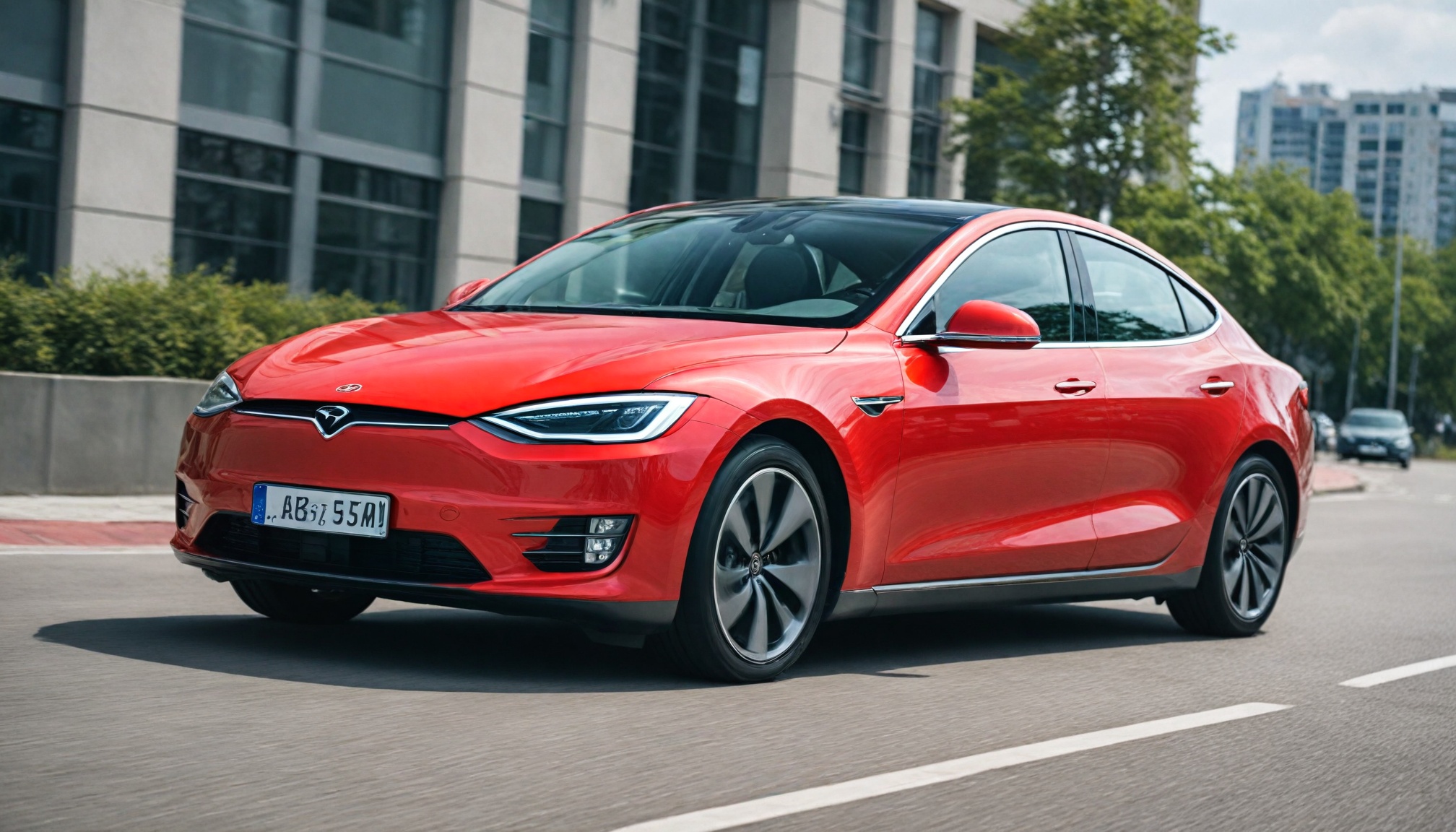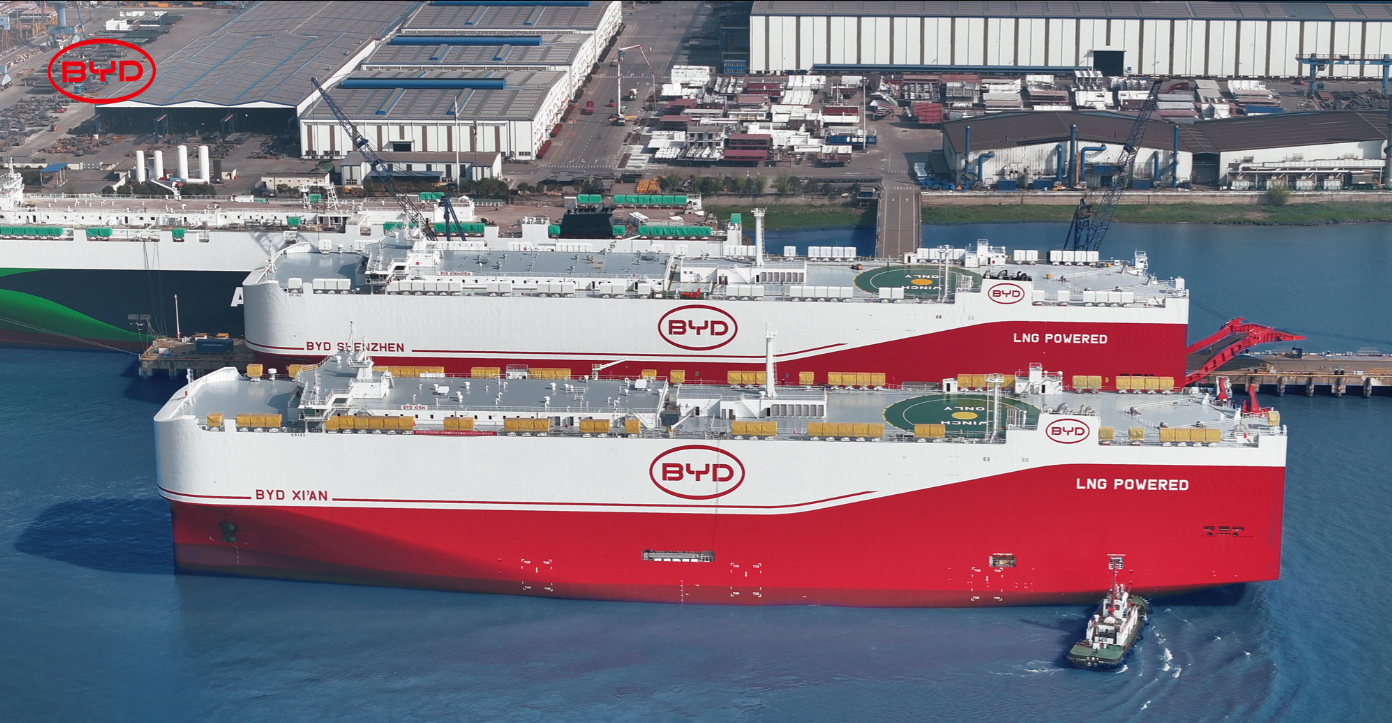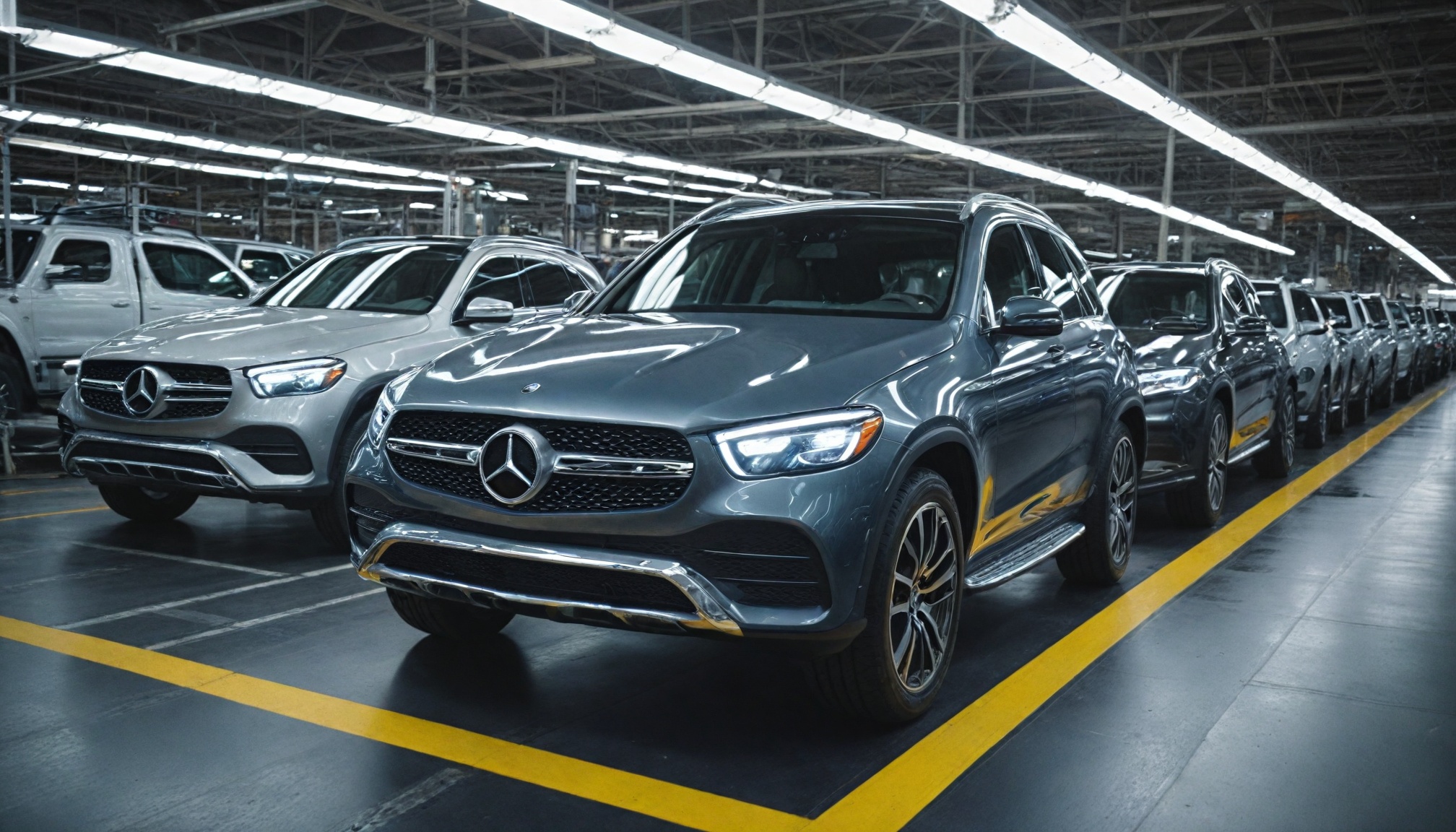
Mercedes-Benz shifts GLC production to Alabama by 2027, boosting local manufacturing to 70% of US sales amid rising demand and evolving trade policies.

Drivetech Partners
Mercedes-Benz is strategically shifting production of a high-volume model—widely expected to be the compact GLC crossover—to its Tuscaloosa, Alabama plant by 2027, responding to both surging U.S. demand and evolving trade policies. This move represents a crucial expansion of the company's "local-for-local" manufacturing philosophy, allowing Mercedes to better tailor vehicles to American preferences while protecting against tariff uncertainties and supply chain disruptions.
Key Takeaways
Mercedes-Benz plans to begin U.S. production of the GLC at its Alabama facility in 2027, expanding beyond its current SUV lineup
The premium compact crossover segment grew 14% in 2023, with GLC sales jumping 58% to over 64,000 units
This expansion aims to increase local production to 70% of U.S. sales by 2025, up from 60% currently
The Tuscaloosa plant partners with nearly 200 Alabama-based suppliers, strengthening regional economic integration
Mercedes is adapting to rising trade tariffs by regionalizing production closer to key markets
Mercedes-Benz's Strategic Alabama Expansion
Mercedes-Benz is preparing for a significant production shift at its Tuscaloosa manufacturing facility in Alabama. Starting in 2027, the plant will begin producing a new high-volume model, which industry experts widely expect to be the compact GLC crossover. This expansion highlights Mercedes' commitment to creating vehicles specifically tailored to American consumer preferences.
The Tuscaloosa facility has been a cornerstone of Mercedes' U.S. manufacturing strategy since opening in 1997, having produced over 4.5 million vehicles during its operation. Currently, the plant manufactures several key models in Mercedes' lineup, including the GLE, GLE Coupe, GLS, and electric EQE SUV and EQS SUV models.
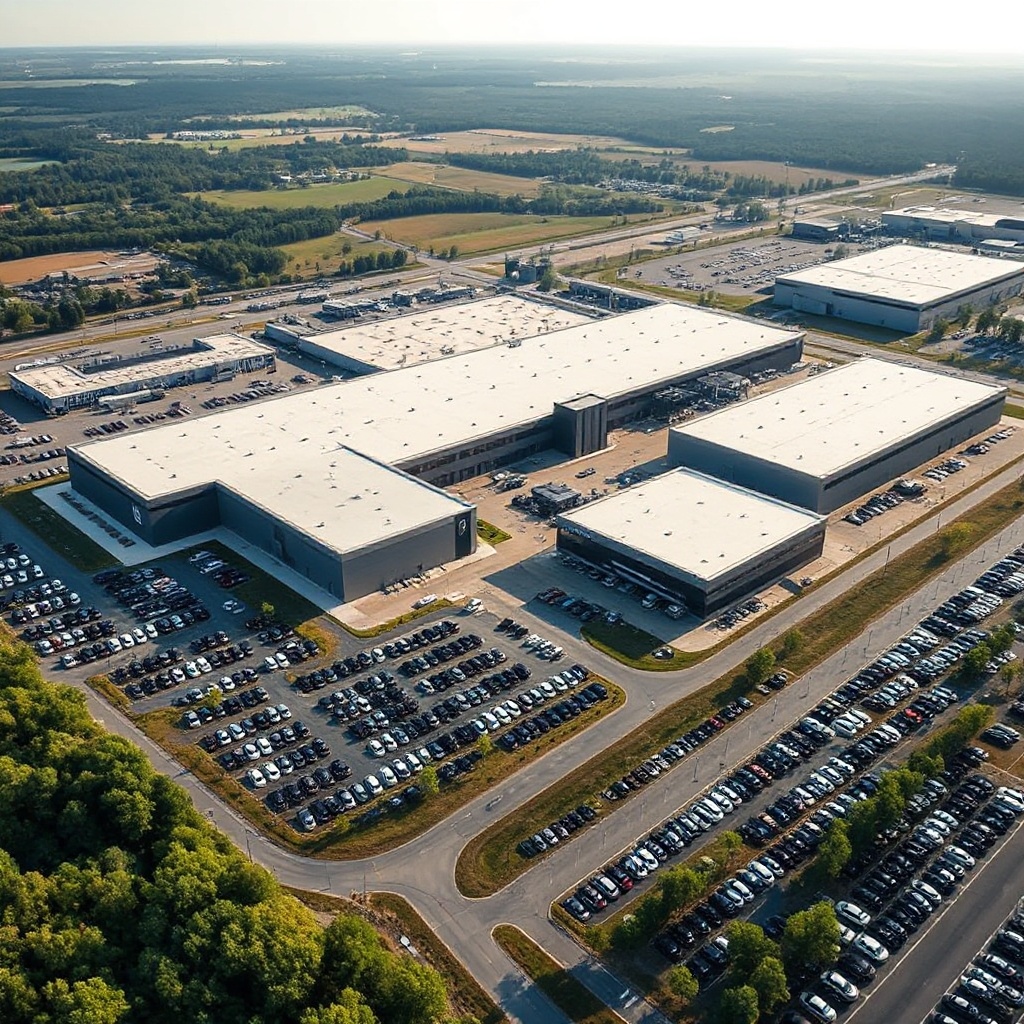
This expansion represents the next phase in Mercedes' long-term vision for its Alabama operations, cementing the facility's role as a critical production hub for the North American market. The addition of a compact crossover to the production line diversifies the plant's capabilities beyond its current focus on larger SUVs.
Driving Market Response: Surging Demand for Premium Compact Crossovers
The decision to localize GLC production comes amid explosive growth in the U.S. premium compact crossover segment. In 2023, this market segment grew by 14%, reaching an impressive 425,294 units sold. Within this booming category, the Mercedes-Benz GLC has emerged as a standout performer.
GLC sales jumped dramatically by 58% in 2023, with Mercedes selling 64,163 units in the U.S. alone. The model now captures nearly 20% of Mercedes' non-commercial sales in the American market, making it the company's second-best-selling model nationwide and ranking third in its segment by overall volume.
This remarkable sales performance underscores the strategic importance of bringing GLC production to the U.S. By manufacturing this popular model locally, Mercedes can better respond to market demands, reduce delivery times, and customize features specifically for American buyers.
Navigating Trade Challenges: Mercedes' Localization Strategy
Beyond meeting consumer demand, Mercedes' expansion reflects a careful response to evolving global trade policies. The company is strategically strengthening its U.S. production capabilities to counter rising trade tariffs that could otherwise threaten profitability and cash flow.
Mercedes has set an ambitious target: by 2025, 70% of vehicles sold in the U.S. will be produced locally, up from about 60% currently. This shift represents a fundamental change in how the company approaches global manufacturing and distribution.
CEO Ola Källenius has emphasized that Mercedes is preparing for a future of regionalized vehicle production. This strategy is designed to mitigate global uncertainty and adapt to evolving trade agreements. Mercedes isn't alone in this approach—other German luxury automakers including Porsche and Audi are considering similar U.S. manufacturing initiatives.
Alabama Plant Expansion: Production Details and Investment
The Tuscaloosa plant currently serves as Mercedes' primary SUV manufacturing center in North America. Notably, two-thirds of current Alabama production is exported to markets outside the U.S., highlighting the facility's global importance within Mercedes' production network.
In the past year, the plant manufactured approximately 260,000 vehicles. With the addition of GLC production, industry analysts project the facility could produce over 50,000 GLCs annually once production begins in 2027. This expansion will require a significant tooling investment, estimated at several hundred million dollars.
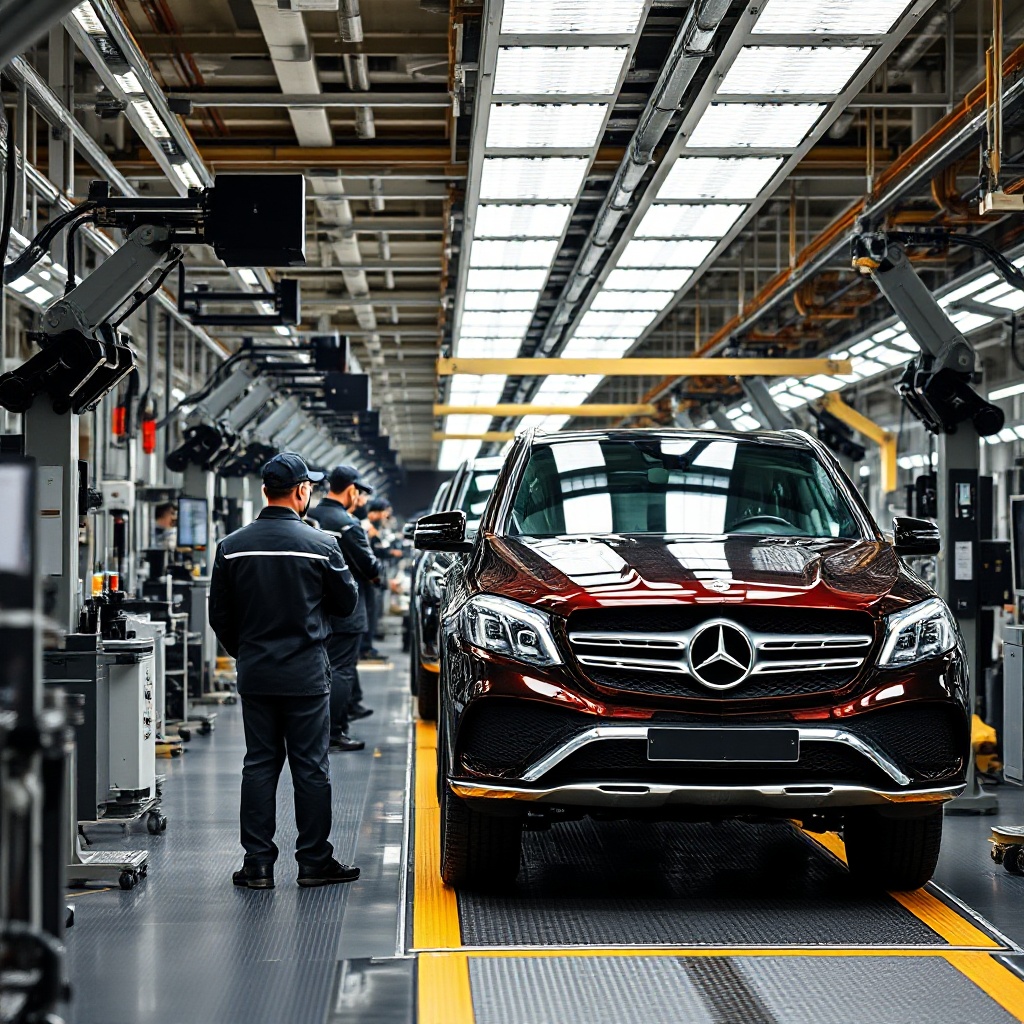
The expanded production capacity will enhance the plant's flexibility and enable it to respond more quickly to shifting market demands. This adaptability is crucial in the premium automotive segment, where consumer preferences can change rapidly.
Economic Impact: Strengthening Regional Manufacturing Networks
The Alabama plant's expansion carries significant economic implications beyond Mercedes itself. The facility already partners with nearly 200 local suppliers, and this growth will deepen economic ties throughout the region.
This expansion demonstrates the importance of regional economic integration and creates potential for increased automotive exports from the U.S. It also reinforces Alabama's growing significance in the global automotive manufacturing landscape.
The benefits of this expansion will extend across several dimensions:
Job creation and workforce development in the automotive sector
Increased demand for local components and services
Enhanced technological capabilities among regional suppliers
Greater export potential for U.S.-made luxury vehicles
Strengthened position for Alabama in the global automotive industry
Adapting to Global Manufacturing Trends
Mercedes' Alabama expansion reflects a broader shift in the automotive industry toward localized production models. This strategy shortens supply chains by manufacturing closer to key markets, helping protect against future supply-chain disruptions like those experienced during the pandemic.
This approach represents an adaptation to the increasingly protectionist trade environment that has emerged in recent years. It also illustrates how luxury automakers are evolving beyond centralized European manufacturing models that dominated the industry for decades.
By producing vehicles in the markets where they're sold, Mercedes can reduce shipping costs, minimize currency exchange risks, and avoid potential tariff increases. This regionalization strategy provides greater operational flexibility while maintaining the brand's premium quality standards.
Future Outlook: Strategic Implications for Mercedes-Benz
The Alabama expansion positions Mercedes to better compete in the crucial U.S. luxury crossover market. Local production allows faster response to changing American consumer preferences, creating a potential competitive advantage against import-only luxury brands.
This strategy balances globalization with regionalization for long-term sustainability and demonstrates Mercedes' commitment to maintaining a strong presence in the North American market. As the automotive industry continues to evolve, this flexible approach to manufacturing and distribution will be increasingly valuable.
For Mercedes-Benz, the Alabama expansion represents not just a production change but a strategic repositioning for the future of the automotive industry—one where regional manufacturing capabilities, supply chain resilience, and market responsiveness will be key differentiators in an increasingly competitive global market.
Sources
GuideAutoWeb: Mercedes-Benz to Build "Core Model" in the U.S. Starting in 2027
Carscoops: Mercedes Confirms New Model for US Plant Amid Trade War
Automotive News: Mercedes-Benz investing in U.S. assembly of model said to be GLC
AutoWorld Journal: Mercedes Confirms High-Volume Vehicle Production at Alabama Plant

